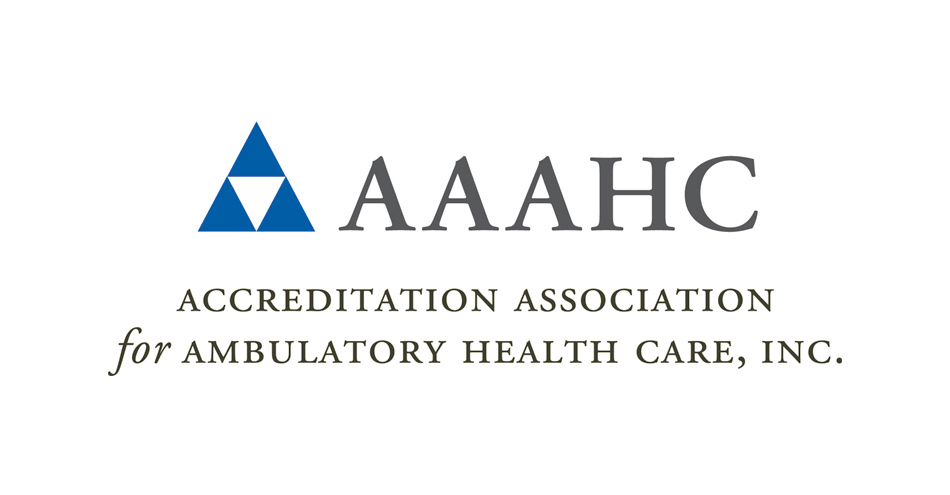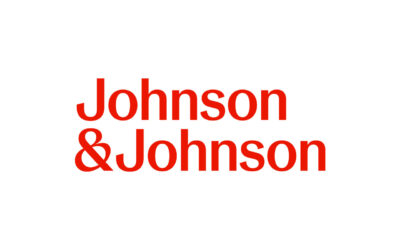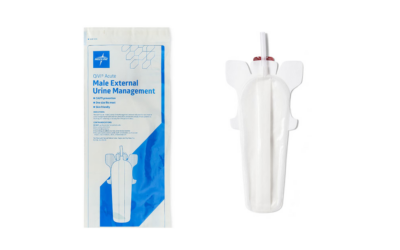By Raymond Grundman, MSN, MPA, FNP-BC, CASC
Every organization has a distinct culture, but cultural norms may be subtle and are inherently unstated. When a survey team arrives on-site to review your facility, it’s to your advantage to help them understand who you are as an organization. A formal orientation program is an opportunity to get the survey off to a good start.
For the surveyor (or survey team), an orientation establishes a level of familiarity that increases speed to productivity. It introduces those who will serve as resources for information and improves the accuracy and efficiency of data collection. This means the team has more time to share best practices in their role as consultative educators. It also means that the final survey report will be an authentic reflection of the organization and of the hard work that has gone into preparing and maintaining readiness for an accreditation survey.
Conversely, an orientation benefits the organization’s staff by presenting the survey team as important (but welcome) visitors. The language of accreditation can seem foreign to new employees – or employees new to the accreditation process. Meeting and interacting with the survey team early on can improve the ability to understand what the surveyors are looking for and how to provide it, and can position them as mentors there to help raise the bar on safety and quality.
Part 1: A welcome
Orientation can be a moveable feast that takes place at multiple locations within a surgery center. AAAHC asks its applicant organizations to make a private or semi-private space available for the surveyors to review documents, conduct interviews, and confer with one another during their time on-site. You can make your surveyors feel welcome by showing them to this space and having any documentation (policy and procedure manuals, or access to electronic resources) that was previously requested available there.
Part 2: Establishing a context
Think of orientation as the process of introducing your organizational culture. Your surveyors are familiar with ambulatory surgery centers, but they are not familiar with your ambulatory surgery center. Start with the environmental attributes: your location, the population you serve, and any local health risks associated with these.
Then place your facility within this environment: your expertise/what you’re known for, special procedures, unique equipment, universal characteristics of your staff (CNOR, CAPA, ACLS, PALS).
The survey team should receive an overview of the company’s mission and operating structure, including how the center fits into the rest of a larger company (if appropriate).
A template for creating this context would include:
- History of legal entity (date and type)
- Mission, vision, values
- Ownership
- Physical description (number of ORs, procedure rooms, PACU beds, etc.)
- Floor plan
- Significant relationships (managment company, bank/financing, legal, insurer, etc.)
Part 3: Your people make the difference
Provide an overview of who provides oversight. Describe your governance structure and name your leadership. Identify committees and their responsibilities. For example: Quality Improvement Committee monitors and recommends actions for:
- Transfers\Admissions
- Infections
- Delays and Cancellations
- Pharmacy Issues
- Patient Care Policies
- Credentials & Privileges
- Medical Records\Peer Review
- QA/PI Studies
- Occurrence, Adverse Incident Reports
While much of your orientation presentation may take place in a conference room, it is also useful to have the survey team tour the facility to meet staff in their immediate work area. In a smaller ASC, it is helpful for them to meet all the employees since small businesses often require close collaboration among all workers.
List changes that have occurred since the last survey; new policies and/or procedures, new services, new providers added.
Part 4: Operational update
Provide a picture of your year from an operational perspective.
- Case volume and clinical statistics (infections, transfers, patient and provider satisfaction)
- Specialty mix
- Payer mix
Include a high-level summary of your financial data and describe any initiatives at cost savings and/or revenue enhancement (which, by the way, are perfect topics for QI studies). List facility improvements and equipment or technology upgrades.
Close with a look forward
Your survey team will be interested in what you are planning or considering for the future. They may have resources to offer and certainly you want credit for the full range of your activities including marketing efforts and accreditation preparation.
With everyone on the same page, the survey is ready to begin. We understand that every organization is nervous when surveyors arrive. Hopefully your presentation to the survey team has also reminded your staff of the hard work and dedication that is seen in your center every day.
Ray Grundman is Chief External Relations and Business Development Officer at AAAHC and is also an active surveyor. With over 35 years’ experience in ambulatory health care including managed care, group medical practice, surgery centers and college health. He has seen the accreditation process from multiple perspectives. He is a frequent speaker at professional conferences on topics ranging from the administration of an ambulatory surgery center to the most frequent deficiencies found by AAAHC surveyors across a variety of settings – and how to avoid them.









